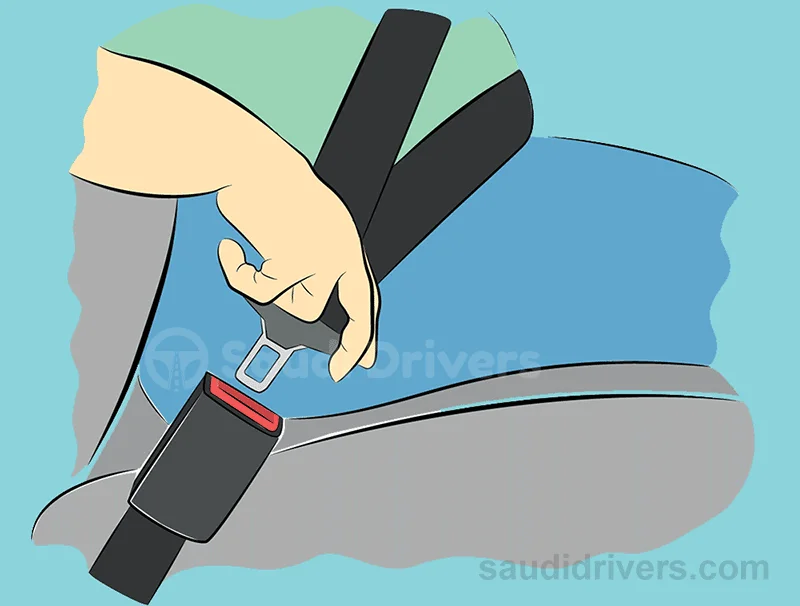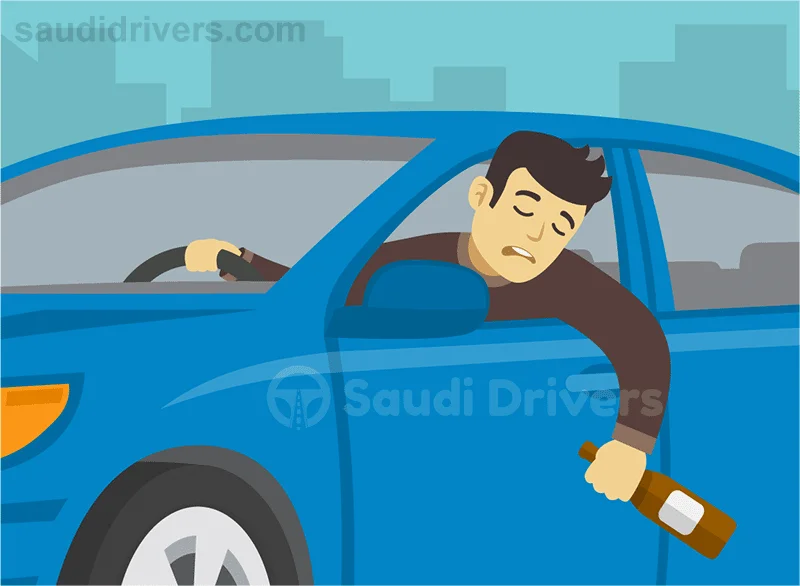Saudi Traffic Rules Test 04
ADVERTISEMENT

Correct!
Wrong!

Correct!
Wrong!

Correct!
Wrong!

Correct!
Wrong!

Correct!
Wrong!

Correct!
Wrong!

Correct!
Wrong!

Correct!
Wrong!

Correct!
Wrong!

Correct!
Wrong!

Correct!
Wrong!

Correct!
Wrong!

Correct!
Wrong!

Correct!
Wrong!

Correct!
Wrong!

Correct!
Wrong!

Correct!
Wrong!

Correct!
Wrong!

Correct!
Wrong!

Correct!
Wrong!

Correct!
Wrong!

Correct!
Wrong!

Correct!
Wrong!

Correct!
Wrong!

Correct!
Wrong!

Correct!
Wrong!

Correct!
Wrong!

Correct!
Wrong!

Correct!
Wrong!

Correct!
Wrong!
Share the quiz to show your results !
Subscribe to see your results
I got %%score%% of %%total%% right
Loading…
ADVERTISEMENT
Why Is Crucial to obey all traffic regulations
To ensure everyone’s safety when driving, it is crucial to obey all traffic regulations. Although the significance of traffic laws and signage may seem simple, there are indeed a lot of reasons why everyone who uses the road, not just motorists, should take them seriously. It’s a matter of fact that when drivers follow the law, there are much fewer accidents and financial damages. But occasionally, drivers disregard the importance of driving carefully and disregard traffic signs, endangering their own lives and those of innocent bystanders.
Road safety regulations are only beneficial if strictly followed. Road safety is determined by various factors, such as speed limits and ensuring that safety equipment is placed and operated correctly. Here’s a look at the importance of obeying traffic laws.
Lower The Number of Accidents & Injuries
The basic goal of traffic laws and signs is to keep everyone safe. Roads are filled with hazards and impediments that might affect vehicles and put lives at risk. Traffic laws and safety signage reduce this risk and lower the possibility of accidents. Speed limits, give-way signs, and stop signs prevent accidents by managing traffic flow and speed.
Reliable Regulations
Thanks to traffic rules, every person on the road is aware of what to do to ensure the safety of all. Without established rules, everyone would try to do what they think is right, leading to great confusion and accidents. While having clear regulations doesn’t guarantee that every road user will observe them, it does contribute to maintaining safety and general order. People would find it challenging to follow the rules if they weren’t consistent. Traffic laws ensure everyone on the road knows what to do.
Provide Direction
Right now, everyone is all about GPS, but traffic signs still help road users know where they are going or which way to take. You wouldn’t know your way without directional and street signs, even with GPS technology. These kinds of signage greatly simplify and reduce the stress of driving for motorists. They also help pedestrians know how to navigate streets or take different roads to reach their destination.
Alert Drivers To Hidden Obstacles
Obstacles may hide in plain sight or blind zones on the road, which is unfortunate because it would be good to be aware of everything on the road ahead. In the absence of warning signs, a driver may not be aware of obstacles and road hazards until it’s too late. Traffic signs can be installed to warn of construction zones, children crossing, animals crossing, obstacles, sharp bends, etc., and prevent accidents.
Control The Speed and Flow Of Traffic
As already mentioned, traffic signs help control the speed and flow of traffic. This is not only crucial for road safety but also for minimizing confusion and congestion, especially in big cities where heavy traffic is an issue. Roundabout signs, U-turn signs, and give-way signs are important in guiding traffic flow and reducing traffic jams and accidents.
Vital For Beginning Drivers
For seasoned drivers, driving can come naturally, but for novices, it will take effort to recognize obstacles and other things on the road, and that’s why traffic signs come in handy. Most motorists follow a few predetermined routes frequently. Therefore, they are unlikely to pay attention to street signs they frequently pass. Inexperienced drivers won’t be familiar with these roads and will have to rely significantly on the traffic and highway signs they come across.
Keep Pedestrians and Cyclists Safe
Drivers aren’t the only people who use roads. Many types of road users, including pedestrians, and cyclists, depend on traffic laws and signage to navigate city streets and cruise on highways. Pedestrians know where to safely cross roads using pedestrian crossing signs, while drivers reduce speed because of the presence of pedestrians. Traffic signs and regulations are necessary for everyone. Motorists and cyclists typically rely on the same traffic signs and rules.
Road safety signs and rules come in various types, and each one should be easily recognizable and followed. The major importance of traffic laws and signs is that they contribute to maintaining road safety. If you don’t know much about traffic laws and signs, you can always find help online or at the local transportation department.
